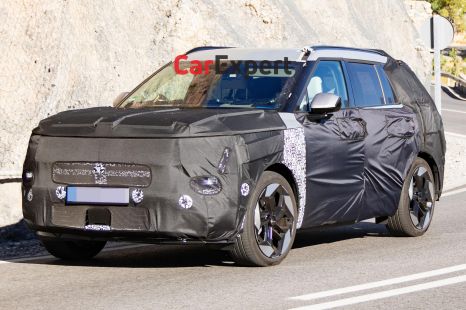

Derek Fung
2027 Hyundai Tucson spied with boxy new look
4 Days Ago
The 2025 Hyundai Tucson arrives in Australian showrooms featuring refreshed styling, a newly available hybrid powertrain, and additional equipment, albeit at higher prices.
The turbo-diesel option has been discontinued, replaced by a new hybrid drivetrain, which is shared with the Kia Sportage and offered in both front- and all-wheel drive configurations. The existing 1.6-litre turbocharged four-cylinder engine is also available in both front- and all-wheel drive versions.
The Tucson’s interior has undergone a significant overhaul, now featuring dual 12.3-inch screens – one for the digital instrument cluster and the other for the infotainment system – along with a head-up display, a new climate control panel, and a revised steering wheel. Externally, the Tucson receives a new front bumper and grille design, and LED headlights are now standard across the range, having previously been exclusive to the top-spec Highlander, which the Premium variant has replaced.
Pricing has increased, with the entry-level Hyundai Tucson starting at $39,100 before on-road costs, representing a $3450 increase over the equivalent pre-facelift model. This price rise also applies to the base Tucson Elite, now priced from $44,100 before on-road costs, while the turbocharged, non-hybrid variants that have carried over have seen a price increase of $3950.
The base 2.0-litre naturally aspirated engine is available only in the entry-level Tucson and mid-range Elite variants. At the same time, the turbo-petrol and hybrid powertrains are offered across all three trim levels.
Quickly see how this car stacks up against its competition. Select any benchmark to see more details.
Where expert car reviews meet expert car buying – CarExpert gives you trusted advice, personalised service and real savings on your next new car.
| Configuration | Price From* |
|---|---|
| 2.0L, 6-speed auto, 5-door SUV, Petrol, FWD | $38,100 |
| 1.6L, 6-speed auto, 5-door SUV, Petrol, FWD | $42,600 |
| Configuration | Price From* |
|---|---|
| 2.0L, 6-speed auto, 5-door SUV, Petrol, FWD | $43,100 |
| 1.6L, 6-speed auto, 5-door SUV, Petrol, FWD | $48,100 |
| 1.6L, 6-speed auto, 5-door SUV, Petrol, 4x4 | $50,600 |
| Configuration | Price From* |
|---|---|
| 1.6L, 6-speed auto, 5-door SUV, Petrol, FWD | $50,600 |
| 1.6L, 6-speed auto, 5-door SUV, Petrol, 4x4 | $53,100 |
| Configuration | Price From* |
|---|---|
| 1.6L, 6-speed auto, 5-door SUV, Petrol, 4x4 | $58,100 |
| Configuration | Price From* |
|---|---|
| 1.6L, 6-speed auto, 5-door SUV, Petrol, 4x4 | $59,600 |
Where expert car reviews meet expert car buying – CarExpert gives you trusted advice, personalised service and real savings on your next new car.
See our comprehensive details for the Hyundai Tucson
The dimensions shown above are for the base model.
See all 2026 Hyundai Tucson DimensionsRear seats position | Size |
|---|---|
Rear seats up | 539L (petrol-only), 582L (hybrid) |
Rear seats folded | 1860L (petrol-only), 1903L (hybrid) |
Where expert car reviews meet expert car buying – CarExpert gives you trusted advice, personalised service and real savings on your next new car.
CarExpert High Resolution Photos of the Hyundai Tucson
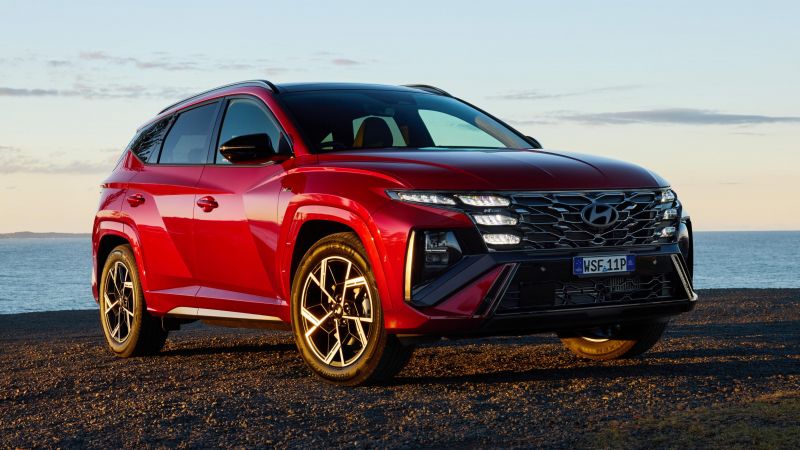

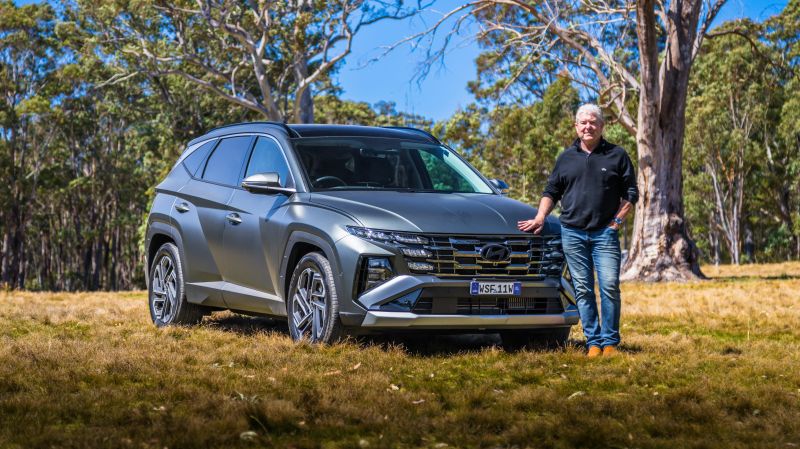
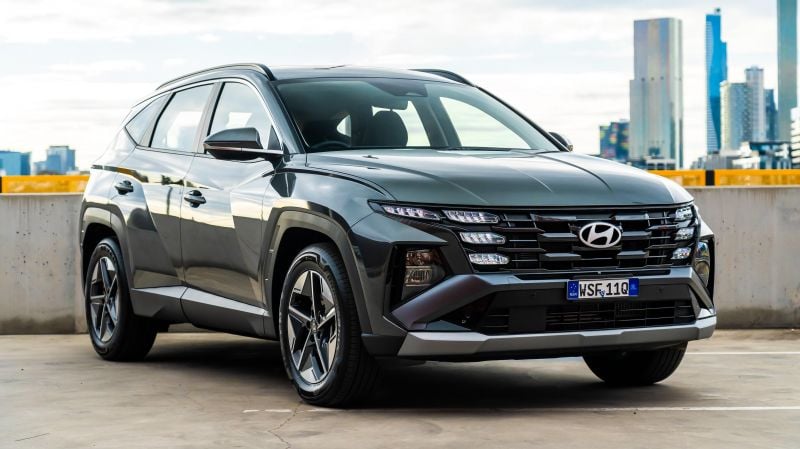
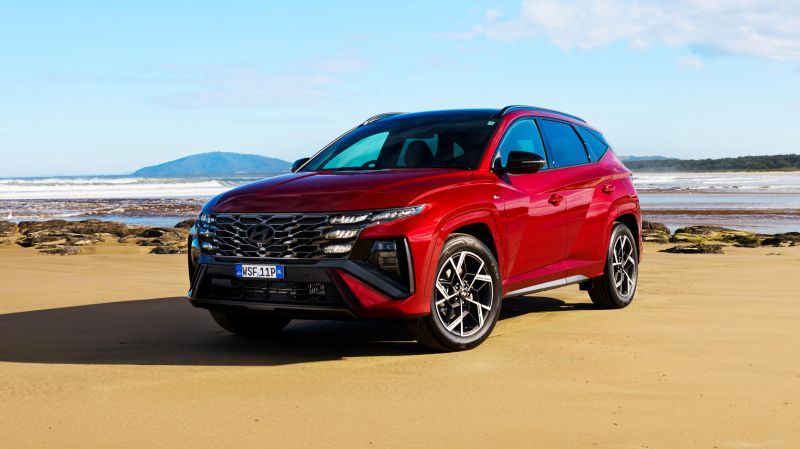

View 6 images
While the exterior updates to the 2025 Hyundai Tucson may appear subtle, the interior has undergone a significant overhaul. Instead of merely refreshing the existing layout with incremental changes, Hyundai has completely redesigned the Tucson’s dashboard, replacing the previous touch-capacitive waterfall and integrated displays with a modern, open-plan design featuring the Hyundai-Kia dual 12.3-inch Connected Car Navigation Cockpit (ccNC) display layout.
However, the base model does not include the 12.3-inch digital instrument cluster unless the N Line option is selected. Instead, it features a 4.2-inch display, which is a marked improvement over the previous analogue gauges and offers a more appealing design compared to the clock radio-style cluster found in the Sportage. The new screens represent a significant upgrade from the outgoing model's 10.25-inch units, and the updated interface delivers a much-enhanced user experience.
Standard across the range are wireless Apple CarPlay and Android Auto, along with Bluelink connected services, which offer app-based remote services, automatic collision notification, and SOS emergency call functions. The connected navigation system includes live traffic updates and send-to-car address input via a smartphone, starting from the mid-spec Elite variant, which also includes the 12.3-inch digital instrument cluster.
As seen in other Hyundai and Kia models with this software, the system is user-friendly, responsive, and features smooth animations. The displays provide excellent clarity with crisp graphics and vibrant colours that would not look out of place in a luxury Genesis model, though the cluster lacks the customisation options found in Volkswagen Group systems.
A new touch-based climate control panel includes rotary dials for temperature adjustments. While capacitive controls can often be a drawback, these function similarly to physical buttons, though they do attract fingerprints. Beneath the centre stack, a deep cubby offers space for small items such as a handbag, with USB-C ports available for charging devices. All models include a standard wireless smartphone charger with a grippy surface, conveniently located on the floating centre console next to the cupholders. Additional physical buttons for the parking camera/sensors and drive modes are positioned within easy reach.
The Tucson offers ample storage, including a front-centre armrest cubby and door bins, although the door bins are not as spacious as those in a Volkswagen Tiguan. Second-row accommodation continues to be a strong point, thanks to the Tucson's long wheelbase. Legroom and knee room are among the best in the segment, and the relatively flat rear bench and minimal driveline hump provide the flexibility to comfortably seat three smaller passengers when needed.
Headroom remains generous, even with the Premium variant’s panoramic sunroof. The Tucson’s design accommodates taller passengers comfortably, ensuring that growing teenagers will have adequate space. The rear seats feature two ISOFIX and three top-tether points, a fold-down centre armrest with cupholders, and standard rear air vents, although separate climate controls are not offered in any Tucson variant. The rear seats can recline fore and aft, and in the Premium variant, the outboard seats are also heated. Additional amenities include map pockets on the front seatbacks, USB-C charging ports behind the centre console, and seat adjustment controls on the inner edge of the front passenger seat for added convenience.
Boot space in the Tucson Hybrid is actually superior to that of the petrol models, as the hybrids use a space saver spare wheel instead of a full-size spare. Hybrid models offer 582 litres of cargo space with the rear seats up (VDA), expanding to a substantial 1903 litres when the seats are folded flat. In comparison, petrol models provide 539 litres with the seats up, expanding to 1860 litres when folded.
The base model Hyundai Tucson has the following infotainment features:
Elite variants gain:
Flagship Premium grades add:
There are 2 different fuel economy figures for the Hyundai Tucson
The most fuel efficient Hyundai Tucson is the Elite with a 6-speed Automatic which is powered by a 1.6L TURBO and uses 5.3L of unleaded per 100km on the combined cycle.
| Hyundai Tucson | Fuel Type | Combined |
|---|---|---|
| 2.0L, 6-speed auto, 5-door SUV, Petrol, FWD | Unleaded | 8.1 L/100km |
| 1.6L, 6-speed auto, 5-door SUV, Petrol, FWD | Unleaded | 5.3 L/100km |
What are the running and servicing costs of a Hyundai Tucson?
All examples of the Hyundai Tucson are backed by a five-year, unlimited kilometre warranty.
Turbocharged versions of the Hyundai Tucson – both with and without a hybrid system – require servicing every 10,000km or 12 months, whichever comes first.
A full rundown of pricing for the first five services are included below.
Service interval | Hyundai Tucson 1.6-litre turbocharged four-cylinder (front- and all-wheel drive) | Hyundai Tucson 1.6-litre turbocharged four-cylinder hybrid (front- and all-wheel drive) |
|---|---|---|
10,000km/12 months | $350 | $340 |
20,000km/24 months | $350 | $340 |
30,000km/36 months | $350 | $560 |
40,000km/48 months | $399 | $460 |
50,000km/60 months | $350 | $340 |
Five-year total | $1799 | $2040 |
The non-turbo Hyundai Tucson comes to the same price as its turbocharged counterpart across its first five services, however visits to the dealer are only required at 15,000km intervals.
Service interval | Hyundai Tucson 2.0-litre non-turbo four-cylinder |
|---|---|
15,000km/12 months | $350 |
30,000km/24 months | $350 |
45,000km/36 months | $350 |
60,000km/48 months | $399 |
75,000km/60 months | $350 |
Five-year total | $1799 |
Our expert take on Hyundai Tucson drivability.
There are three engines and five drivetrain combinations available for the 2025 Hyundai Tucson.
2.0-litre non-turbo four-cylinder | 1.6-litre turbocharged four-cylinder | 1.6-litre turbocharged four-cylinder hybrid | |
|---|---|---|---|
Power | 115kW | 132kW | 132kW |
Torque | 192Nm | 265Nm | 264Nm |
Electric motor power | – | – | 47.7kW |
Combined outputs | – | – | 172kW/350Nm |
Transmission | Six-speed automatic | Seven-speed dual-clutch automatic | Six-speed automatic |
Drive type | Front-wheel drive only | Front- and all-wheel drive | Front- and all-wheel drive |
What is the warranty on a Hyundai Tucson?
The Hyundai Tucson offers a 5 year unlimited km warranty. This is separate to the warranty on offer under Australian Consumer Law which can be greater for certain parts based on what is deemed as a reasonable period of time.
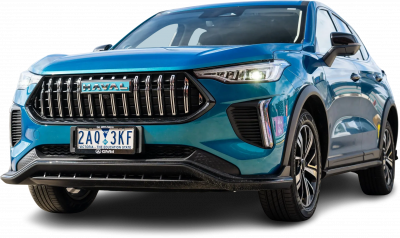
Haval Jolion
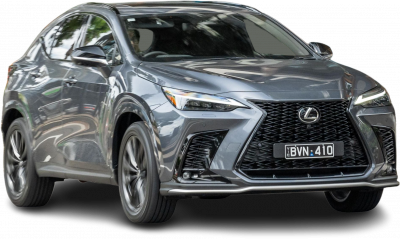
NX
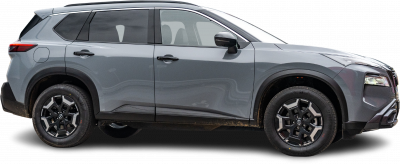
X-Trail
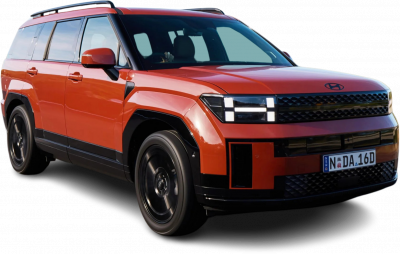
Santa Fe
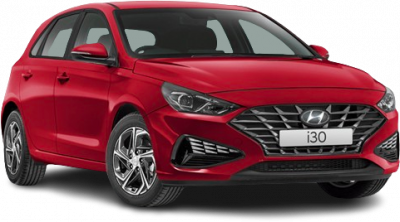
i30
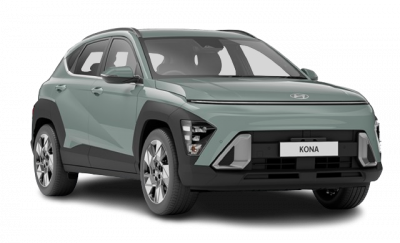
Kona
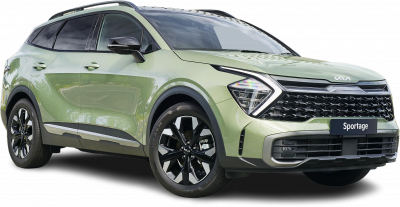
Sportage
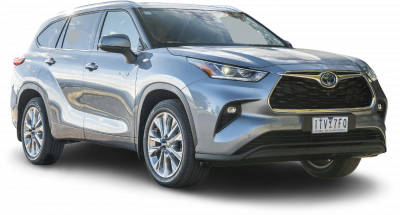
Kluger
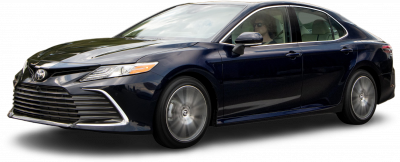
Camry
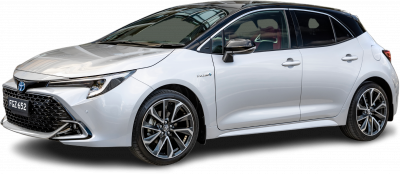
Corolla
Can’t see the car you’re considering?
Where expert car reviews meet expert car buying – CarExpert gives you trusted advice, personalised service and real savings on your next new car.
The cheapest Hyundai Tucson is the Base that starts from $38,100.
The most expensive Hyundai Tucson is the Premium N Line that starts from $59,600.
The best towing capacity of a Hyundai Tucson is 1900 kg offered by the following variants: Base, Elite, Elite N Line, Premium and Premium N Line.
The largest Hyundai Tucson is the Elite N Line which measures 1865mm wide, 4650mm in length and sits 1665mm tall.
The most powerful Hyundai Tucson is the Elite N Line which has 172kW of power from its 1.6L TURBO engine.
The Hyundai Tucson is built in Korea and shipped to Australia.
The heaviest Hyundai Tucson is the Elite N Line which weighs 2300 kg (kerb weight).
The Hyundai Tucson uses unleaded.